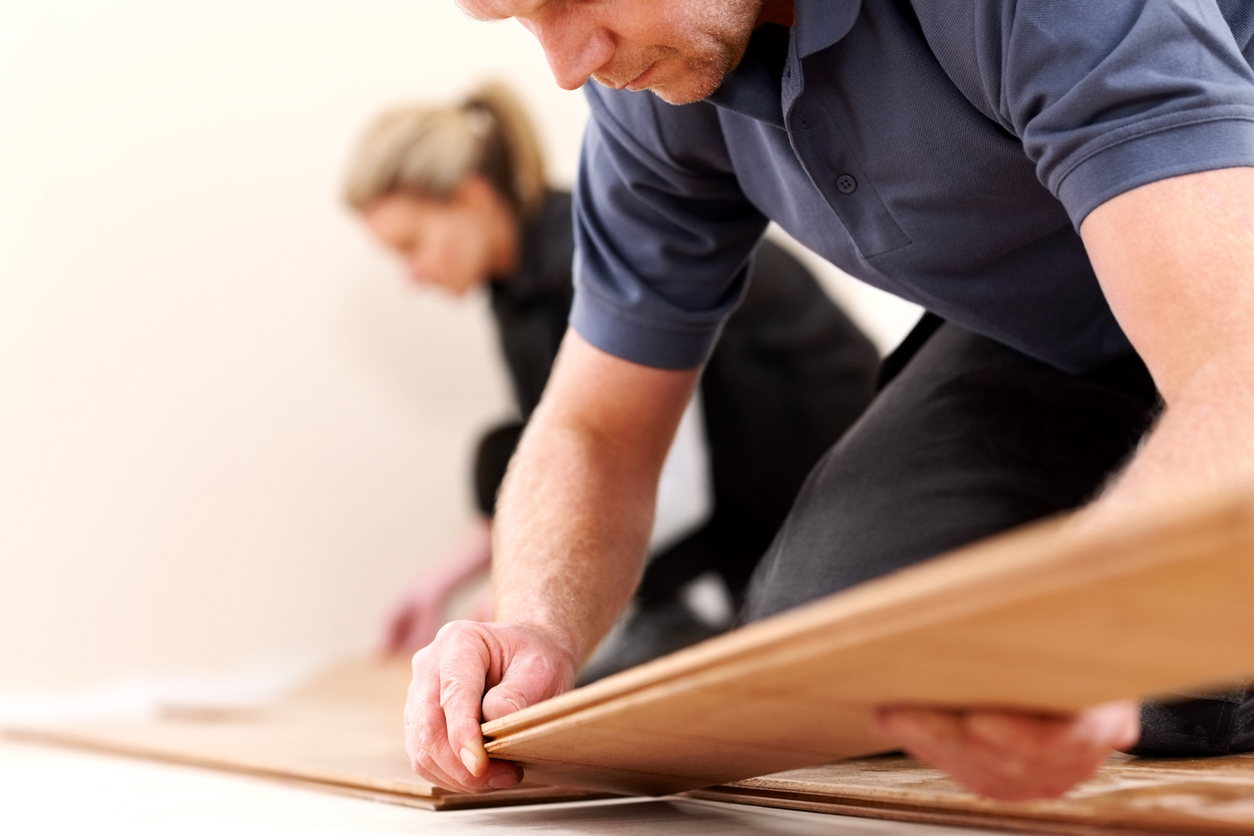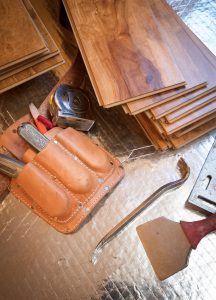
Hardwood flooring will change as natural environmental conditions change. The humidity and heat of the summer can cause wood to expand while the dry winter conditions will result in contraction. The manufacturers of wood flooring products have studied the idea conditions for their flooring and have detailed recommendations on the temperatures and ambient humidity that best suits their products. Failure to follow these recommendations can result in flooring that has cupping, cracking, noise, a dull finish among other things.
the summer can cause wood to expand while the dry winter conditions will result in contraction. The manufacturers of wood flooring products have studied the idea conditions for their flooring and have detailed recommendations on the temperatures and ambient humidity that best suits their products. Failure to follow these recommendations can result in flooring that has cupping, cracking, noise, a dull finish among other things.
The EPA has indoor air quality recommendations based on health. They set the ideal humidity levels at 40-50%. During the winter, this can be closer to 30-40% to prevent condensation on windows while summer levels can go up as high as 55% but should not go higher to prevent mold and mildew.
The National Wood Flooring Association (NWFA) concurs and sets ideal humidity levels for hardwood flooring at 50%. This level should ensure the longevity of your hardwood flooring.
During the winter months: A lack of adequate humidity may result in gapping where small gaps appear between boards. This is a normal occurrence with hardwood flooring in dryer months. Where the wood is too dry, it may become brittle and cracks can occur where the wood is permanently damaged.
To prevent gapping and cracking, use a humidifier to add moisture to your home.
During the Summer Months: As the wood expands, cupping can occur where the edges of hardwood flooring planks expand above the center. Crowning is the opposite of cupping where the center of the plank balloons due to excess moisture.
A dehumidifier will work to reduce household humidity and keep flooring in its original condition.
You can prevent damage to your hardwood flooring by maintaining ambient temperatures and humidity conditions. That means not turning off your HVAC system when you are away on holiday.
Clean flooring with an manufacturer-approved cleaning product. Not all cleaning products are approved by your manufacturer and using the wrong one may void your warranty. Do not mop floors with excessive amounts of water.
Hardwood flooring must be properly stored on the jobsite. It must be installed according to the manufacturer’s recommendations or the NWFA guidelines.
The sub-floor system (joist span, length, spacing and the sub-floor panels) must be properly installed, level and true. Sub-flooring panels must be installed with a 1/8” gap on the 4’ ends to allow for expansion and contraction due to changes in moisture conditions.
Flooring must be properly acclimated prior to installation.
Check with your hardwood flooring manufacturer for ideal humidity conditions and recommended products you can use on your flooring. This will help your hardwood floors to last longer and look better and will also ensure that your warranty is valid.
